All of this is covered in this article. We’re going to uncover the six best translation techniques to boost efficiency and quality of work. These translation techniques will help any translator become more efficient at their job, and as a result, they will help you achieve better quality for your clients. Get ready for a whirlwind of technical translation knowledge!
1. Always Read Source Files Before Translating

High-quality translation services should be as thorough as possible. When you don’t read (and re-read) the source files, sophisticated clients will notice. Sure, you can try to understand the context as you go, but that will make your job ten times harder and slower. Once you give the source file a couple reads, you are ready to go.
Of course, terminology applies. If you’re working on a particularly tedious translation, you should first read the source files while jotting down notable terms and idioms. Once you’ve collected all the most notable ones, gather them into a termbase (TB) and immediately apply their translation. This way, you won’t have to think about them as you go, which will lead to a much more efficient translation process.
How many times do you read the source file before starting a new translation project? @ArrigoLupori says it's important to gather the most notable terms into a #TermBase. Do you do that too or do you translate terms manually? Click To TweetReading source files a few times over is a simple translation technique that will save you a lot of time. If you’re inexperienced with translation and you’re just starting out, you might think that jumping straight into translation is the quickest solution, and it could be if you already knew everything that was in there. But how could you?
Even if a client sends you articles or documents on the same topic over and over again, chances are that there will be a variety of terms in those documents related to the niche. Many terms only appear once or twice on some documents, and they’re just as important as industry terms that appear dozens of times. As a professional translator, it is important to apply this simple but effective translation technique.
2. Use Reverso Context or TheFreeDictionary for Idioms
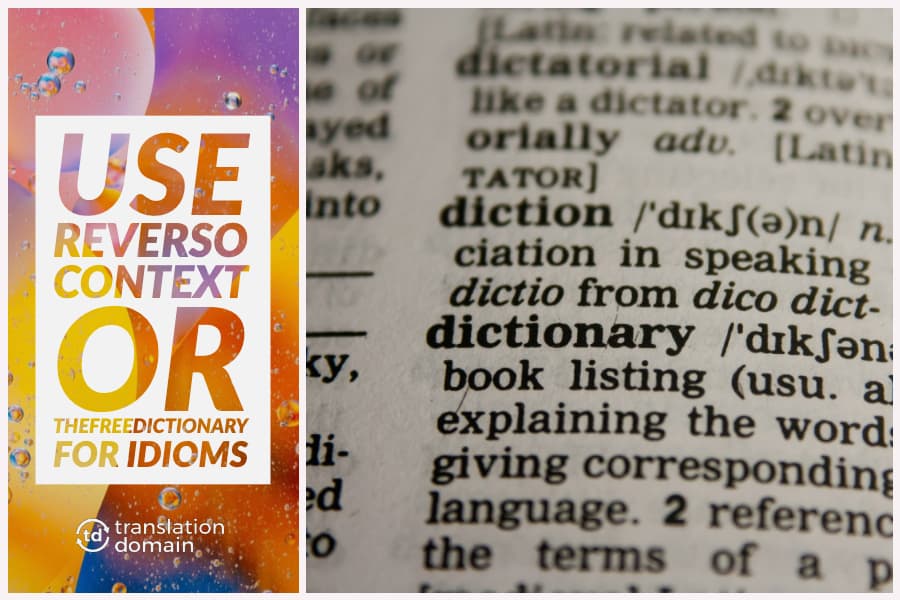
This translation technique involves a bit of research. You shouldn’t take Google’s word for it after all. Use resources such as Reverso Context or TheFreeDictionary to understand the context that lies behind an idiom and place it in various full sentences. These tools allow you to immediately understand what’s going on.
Don’t feel bad if you don’t know how to translate a specific idiom in your native language. Many of them are used on a regional basis, and there’s no way you could possibly take in all of that data on your own. Platforms like Reverso allow you to save translations into your personal library, an amazing feature to rely on.

On the other hand, TheFreeDictionary (and many other platforms like it) is a more traditional, dictionary-like way of finding and understanding idioms and terms. It won’t necessarily give you the translation, but it can ring a bell as to how you could go about translating the idiom. It’s a neat option to have in your translation toolbelt.
If for some reason you’re having a hard time finding the idioms online, another translation technique is trying to understand the context behind the entire phrase and create a few examples of your own. Ideally, you should work exactly like you do with niche terms. Jot idioms down beforehand and translate them all at once. Put them in your termbase!
3. Use Free (or Paid) CAT Tools to Your Advantage
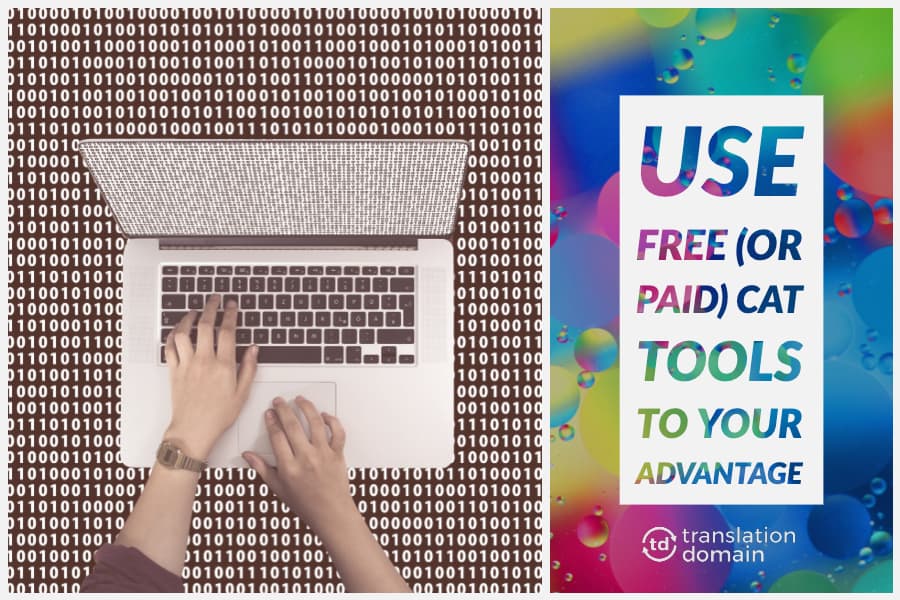
Right, half the time spent on translating so that you can spend more time with your family and friends. Learning how to use CAT tools properly is a huge bonus, and it’s one of the translation techniques that pays off most in the long-term. Productivity in translation isn’t a joke. The job requires long hours staring at a screen, typing away at your keyboard. I’m not sure about you, but doing that for six hours a day takes a toll on me.
I wouldn’t personally suggest translating manually anymore. Many professional translators will disagree with me on this and I’m ok with that’I respect their opinion. But what I personally see is that the industry is moving very fast towards CAT-powered transcreation, and that involves a lot more than just pure translation efforts.
#Transcreation is becoming more and more popular in the world of professional translation and, to a certain degree, copywriting. What are your thoughts on it? #TheFutureOfTranslation Click To TweetIf taking the leap towards computer-assisted translation bothers you, I would suggest chipping in slowly. You don’t have to love it, but you don’t have to hate it either. I truly believe that productivity- and efficiency-focused software packages such as SDL Trados Studio are the future of translation, and I strongly recommend learning them.
The great thing? You don’t have to spend a dime in order to start today. Take Smartcat for example. It is such great software that you probably don’t even need to take Trados into consideration. Yes, it does miss many features that Studio has, but we can’t really complain when the entire package is free to use, right?
Give it a try today. Using a CAT tool unearths many of the underlying translation techniques that will help you become a more efficient translator over time. Not only that, you will also learn about technology, which is always a plus in today’s world. If you want to be a more efficient translator, you have to look into these amazing tools!
4. Don’t Judge a Book by Its Cover (or a Document By Its First Page)
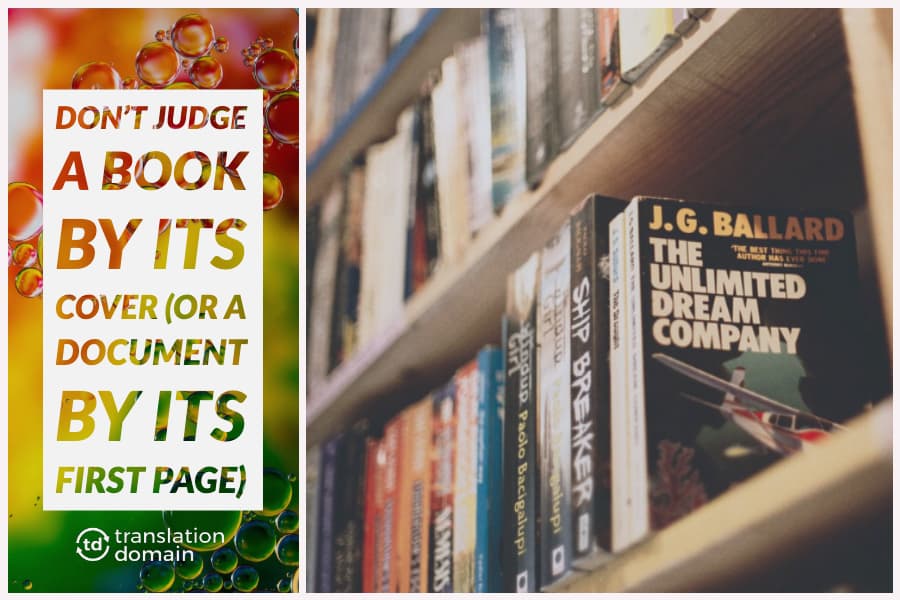
Don’t do that. When you make assumptions about a document, you’re in for a malicious treat. Not only will you lose time and money if you assess the document’s difficulty falsely, but you’ll also start the translation process unprepared. A “translation” technique that I use to prevent this is to always follow a thorough quotation process.
The client should give you a general idea of the document to be translated, and you should do your best to understand the context. Many clients are perfectly fine with showing the documents beforehand, so feel free to take a sneak peek before giving your client the ultimate answer. But there’s an even better process for this.
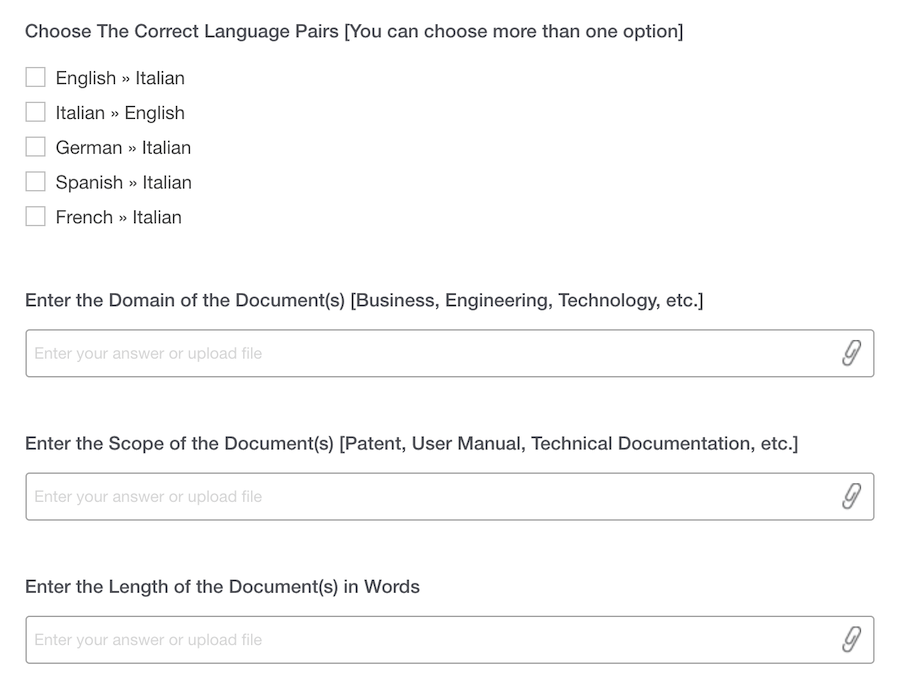
For new clients, prepare a questionnaire with all the relevant questions. You don’t have to force them to fill it in, but you can tell them that it’ll ultimately benefit the translation process, leading to better quality. Plus, don’t fill these forms with more than five or six questions at a time. Only ask for what’s necessary.
Some good questions to include could be:
- What industry does your business operate in?
- What type of document do you need translated?
- What’s the specific topic covered by this document?
- Does the document contain technical information?
- How would you rate the specificity on a scale from 1 to 10?
- How many words are in the document?
This isn’t always necessary, but if you’re having a hard time understanding the client’s requirements, it’s a good way to iron things out. Never start a project without first understanding its full scope and breadth, you’re not going to have fun translating that particular document, and you’re probably not going to learn much either.
5. Don’t Ignore Word Counts… Understand Them!
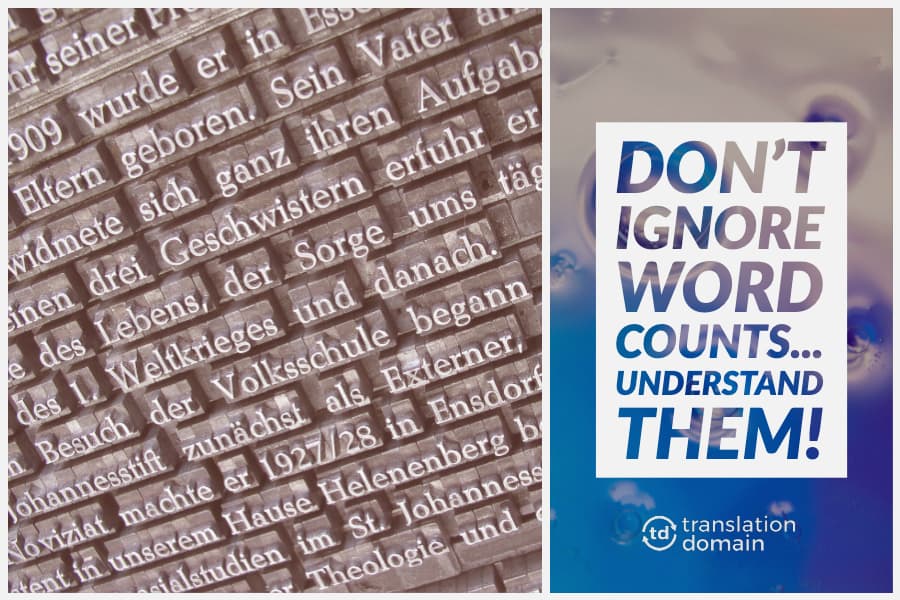
If you like to do that on paper, great, do that. If you like to do that via an Excel sheet, that’s a great method too! The best option is to let the software do the work on your behalf. SDL Trados Studio is capable of counting all words and characters, and it also knows everything about repetitions, fuzzy TM matches… All that good stuff.
You should pay attention to that data, not because it represents the quintessential translation technique, but because it will lead to a more efficient freelance translation business. Actually, there are two things that you should keep track of:
- Time spent translating documents
- Words translated during a specific timeframe
And it’s not even that hard. SDL has recently released a software suite called BaccS that allows you to do business accounting directly within Trados itself. I can’t say I love the name (and I definitely don’t love the interface), but it relates word counts and time tracking to billing, showing you direct performance reports.
I don’t personally enjoy going through a lot of numbers, and I’m sure you don’t either, but I can’t stress enough the importance of a good process in translation. More than finding a specific translation technique for each type of translation, you should focus on how much time that type of translation takes compared to more generic ones.
BaccS allows you to do that, but plenty of other software can help you on that front too. TimeCamp is an example of that (paid). Clockify is also another example, and it’s completely free. Time tracking is essential to understanding how you’re doing in terms of efficiency. Relate that to word counts and billing and you’ve got yourself a formula for continuous business growth. It’s a powerful way to understand your translation data.
6. Don’t Shy Away From Machine Translation Techniques
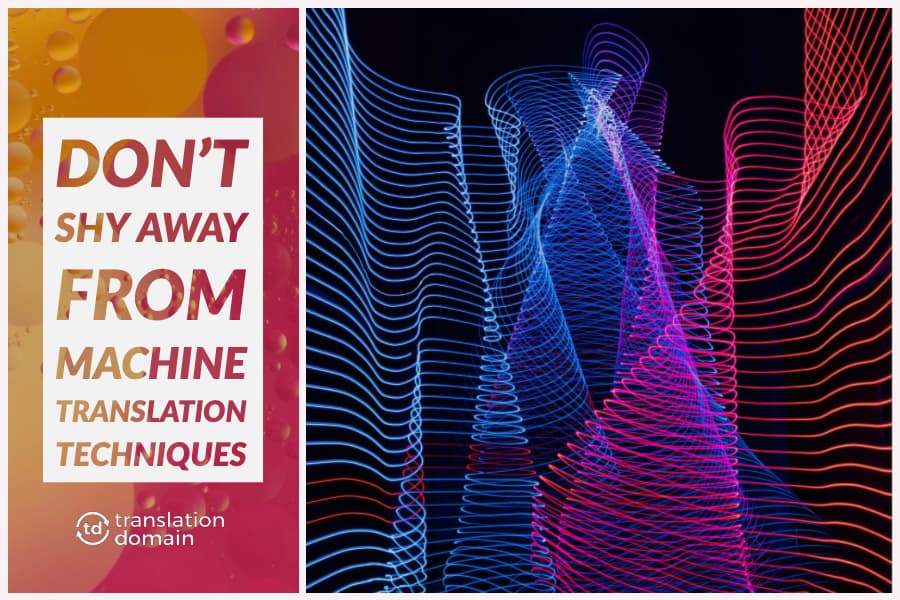
Why? Because neural MT (NMT) is really good. That’s it. When it comes down to translating generic sentences, NMT saves you a ton of time, and it does the job well enough in most cases. Since we’re discussing about efficiency in the later parts of this article, NMT is the king of that. And while PEMT might sound like a terrible way to spend your time as a translator, the reality is that it’s already common practice.
Post-editing machine translation (or #PEMT) might not be the ultimate dream for a professional translator, but it is a wildly common practice. Do you also use #MachineTranslation for your projects? Click To TweetSDL is one of the absolute industry leaders in the language business, and they’ve been (successfully) practicing PEMT for decades! Sure, it doesn’t mean that you have to practice it yourself, but it is something to consider, especially for more mundane translations which are either repetitive or very similar, but not the same.
The modern practice of PEMT stands as a good translation technique in my opinion. Yes, you are correcting machine translation output, potentially making it better by next month, but you’re also learning about why MT exists, and how it works. You’re actively contributing to a system that shows you how to interact with technology.
I think that type of learning is worth a shot, especially in a world where every company is expected to become a software company. You might not care about software (and rightfully so), but you most definitely care about translation, and NMT is the next step in the translation industry. Love it or hate it, it’s here to stay.
You just went through six translation techniques to boost quality and efficiency in your day-to-day translation activity. Now, it’s time to take action. Whether it be your first time working with CAT tools, or whether you’re just getting to know more about the hands-on part of translation, Translation Domain has got you covered.
Feel free to ask any questions or leave a comment if you have any doubt as to how you can grow and improve your freelance translation business. I hope these translation techniques will eventually be useful in your day-to-day life. If they will, don’t forget about us! Share the post with fellow translators and language lovers; we’d love to hear from them too!



